5 Ways to Deepen Donor Connections

How to build relationships that will outlast your tenure.
At its core, fundraising is a relationship business. And your donors are at the heart of it. Even in the face of rapid changes in the fundraising world, the critical nature of building connections with donors remains constant. So let's dive into five ways to build deeper donor connections that last—and will even outlast your tenure with the organization.
1. Start with the end in mind.
Fundraisers are in the best position to help donors see the impact of their giving. There is a cycle to donor engagement and giving—the gifts that represent most of a donor’s wealth usually come as a result of vision and years of relationship-building by multiple people.
If we think about a specific donor, over the next two decades, the average major donor will have at least 14 different gift officers! As a member of a development team, it is your responsibility to make sure that your interactions with any donor get documented in “the system.”
Failing to document an action with a donor puts your organization in a vulnerable position and erodes the relationship you are building. The person who follows you needs to know about the conversations you have to continue to build the relationship, so be sure and “leave a trail of breadcrumbs.” While no doubt AI will soon do this for us, until that happens, you need to do your part.
2. The dream is in the details.
Once you begin to see yourself as one of many people your donor will interact with, you understand that what the donor documents today will guide their philanthropy for decades, if not centuries, to come—especially when you are establishing an endowment.
For example, establishing a scholarship with very narrow parameters may backfire if there are no students who meet the criteria and you are unable to award the scholarship. Instead, the more you can use preferences—as opposed to absolutes—the better you can serve the donor’s interest in the long-term and honor their goal of creating meaningful impact.
As development professionals, it is your duty to show up and listen deeply so that you can help donors find a connection to the area within your organization that can best help them fulfill their dreams.
3. Don't just ask for money. Build trust.
Trust is earned over time by delivering what you have promised again and again. Your goal is to have your donor see you as a trusted advisor, who has their best interest at heart. You do not want to be seen as an organization that only communicates when you are looking for an annual donation or need to fund a new project.
Frances Frei, a Harvard Business School faculty member, talks about three components of trust:
● Authenticity
● Rigor of your logic
● Belief that someone’s empathy is directed toward you
Authenticity means you show up as who you are. Rigor of logic means you make sure you know your facts going into a conversation. (And more importantly, if you don’t know them, don’t make them up! Use that as an opportunity to demonstrate you were listening and follow up.)
Finally, empathy. While it is the hardest one to convey, I have two proven solutions for you. First, put your smartphone on silent. Better yet, leave it in a different room or the car. The world is not going to fall apart in the time it takes to visit with your donor. You need to listen deeply to help others build their dreams. This simple strategy will help you build trust each and every step of the way.
Secondly, enhance the questions you ask to build trust. Check out
Chad Littlefield if you need some ideas on questions to build trust. The key to using these to help your relationships with donors is listening attentively and remembering to document your interactions afterward.
4. Expand the connections. It's not about you.
All too often on development teams, I see behaviors that make me think that donors are property who belong to a certain department or gift officer. However, the strongest donor relationships have someone who is responsible for coordinating activities across the organization and who is accountable for staying on top of the overall strategy. This donor relationship manager is also responsible for expanding the circle of connection beyond a specific area.
The more connections the donor shares across your organization, the more likely they are to stay part of the organization for years to come. Your goal is to build multiple relationships within the organization so that there is a ladder to sustain the progress if and when you move on, even if it is to another part of the organization.
5. People remember how you made them feel.
The great Maya Angelou famously said, “People will forget what you said, people will forget what you did, but people will never forget how you made them feel.” It is one of my favorite quotes. This is especially true with fundraisers and the work we do. Because we're in the business of making dreams come true and building emotional connections that span generations. That human connection—that feeling of being connected—is one of the most important ways that you will build relationships with donors and their desires that far outlast your work with any one organization.
Share this Story:



